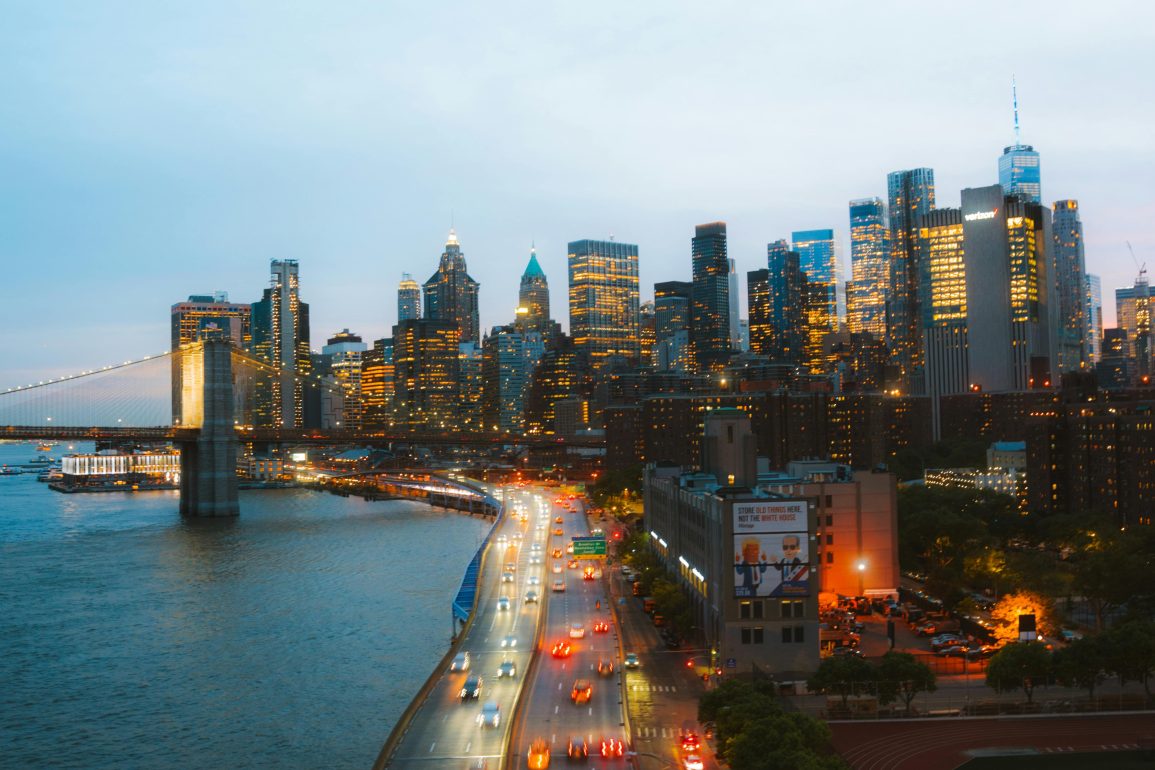Recent studies show that cities not only attract summer rainstorms but also make them more intense, increasing the likelihood of flash floods. As urban areas grow and temperatures rise, the problem is expected to worsen.
A team led by Herminia Torelló-Sentelles from the University of Lausanne, Switzerland, analyzed seven years of rainfall data from eight cities in Europe and the US.
These cities varied in size, climate, and geography but shared a common feature: they were all located in relatively flat areas, far from large bodies of water.
Their findings revealed a clear pattern—larger cities such as London and Phoenix experience more intense and concentrated rainfall during the summer.

In some cases, rainfall intensity increased by up to 11%, and concentration rose by up to 15%. In contrast, smaller cities like Milan saw a smaller, but still significant, rainfall intensity increase of about 4%.
The intensification of summer storms in cities can be attributed to several factors. The urban heat island effect, air pollution, and city skylines—acting like mini mountain ranges—help drive warm air upwards.
As the air rises, it condenses into clouds, leading to more rainfall. These effects combine to make city storms more intense than those in surrounding rural areas.
Researchers warn that city planners must take action to address these growing risks.
Strengthening urban drainage systems, investing in flood-resilient infrastructure, and preparing for heavier summer rainfall are essential steps to mitigate the threat of flash flooding as cities continue to expand in a warming climate.

